Common Juniper Tree History and Facts
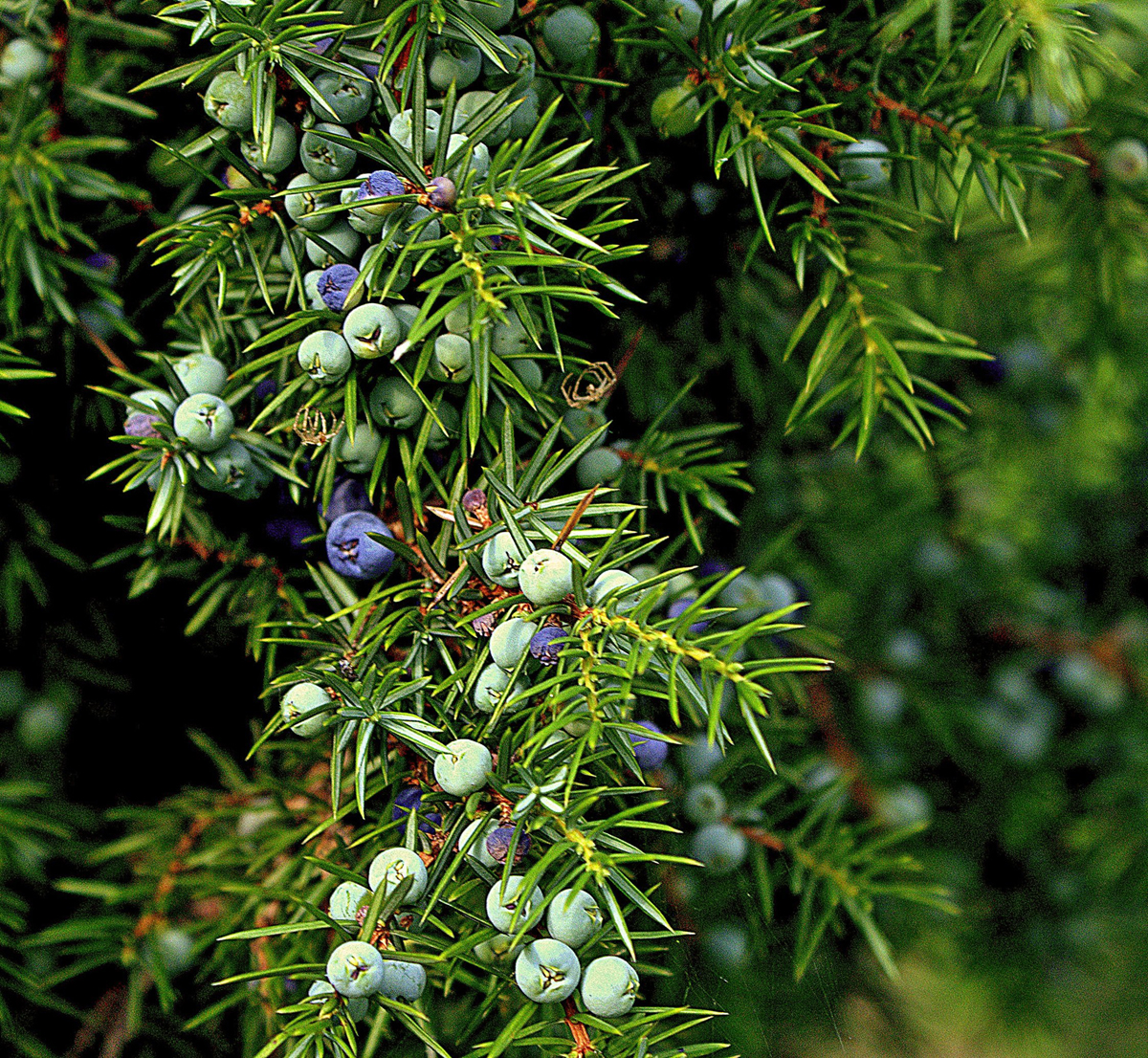
Common juniper, also known as (Juniperus communis), is an evergreen conifer which is native Britain, Europe and large parts of the northern hemisphere.
The tree loves dry conditions and thrives in native pine woodland, moorland, chalk downland and also in rocky areas. It is a declining species in the United Kingdom and is under protection.
Juniper Identification
The common juniper is usually used for a low growing shrub or small tree. It has brown bark with a greyish color to it and usually peels with age. The twigs are short and red to brown in color. Leaves are small, green and resemble needles and have silver bands in the inside; these are quite sharp with a sudden point at the tip. Once matured, the tree will grow anywhere up to 10m and can live for many years (around 200).
Common juniper trees are dioecious, which means that the male and female flowers are found on different junipers. The small, yellow male flowers are spherical shaped and grow close to the tips of twigs in leaf axils. Once they get pollinated from wind, the female flowers which are greenish in color turn into purple, highly scented, cones which look like berries. They get distributed by birds which eat the cones.
Interesting fact: if you crush the leaves they will smell of lemons or apple.
Significance to Wildlife
The tree has dense foliage and provides perfect cover for nesting birds like the firecrest and the goldcrest. The leaves are plant food for caterpillars of numerous moths including the juniper pug and the juniper carpet moth. Small mammals and birds eat the berries from the tree including dormice, mistle thrush and fieldfare.
How We Use Juniper
Juniper berries have been used to make gin flavoring. More recently, they have become popular for making sauces and liqueurs. The wood has an aromatic smell and is light and gold in color. Today the timber is used for carving and turning, along with a source to smoke food with. Berries are also used to help combat digestive and respiratory problems through an oil that is produced by them.
Threats, Pests and Diseases
This particular species is declining in both numbers and range in the United Kingdom. We don’t know the exact cause, but it seems that the trees are incapable of regenerating properly – this could be partially due to rabbits and deer’s ruining the foliage. It is thought that the juniper is susceptible by Phytophthora root rot (which causes the root system to die back) and also Phytophthora austrocedrae, a fungus that infects the tree via its roots which causes decline.
The Author:
GraftinGardeners are tree experts operating in South West London and surrounding areas.
Photo. Bronislaw Drozka


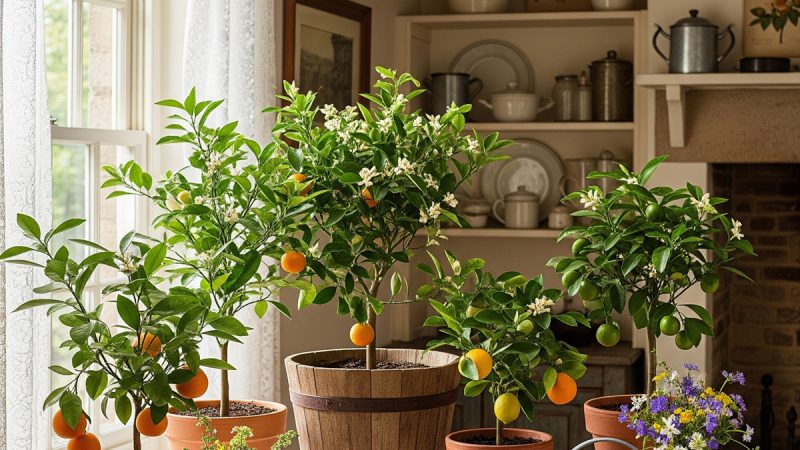
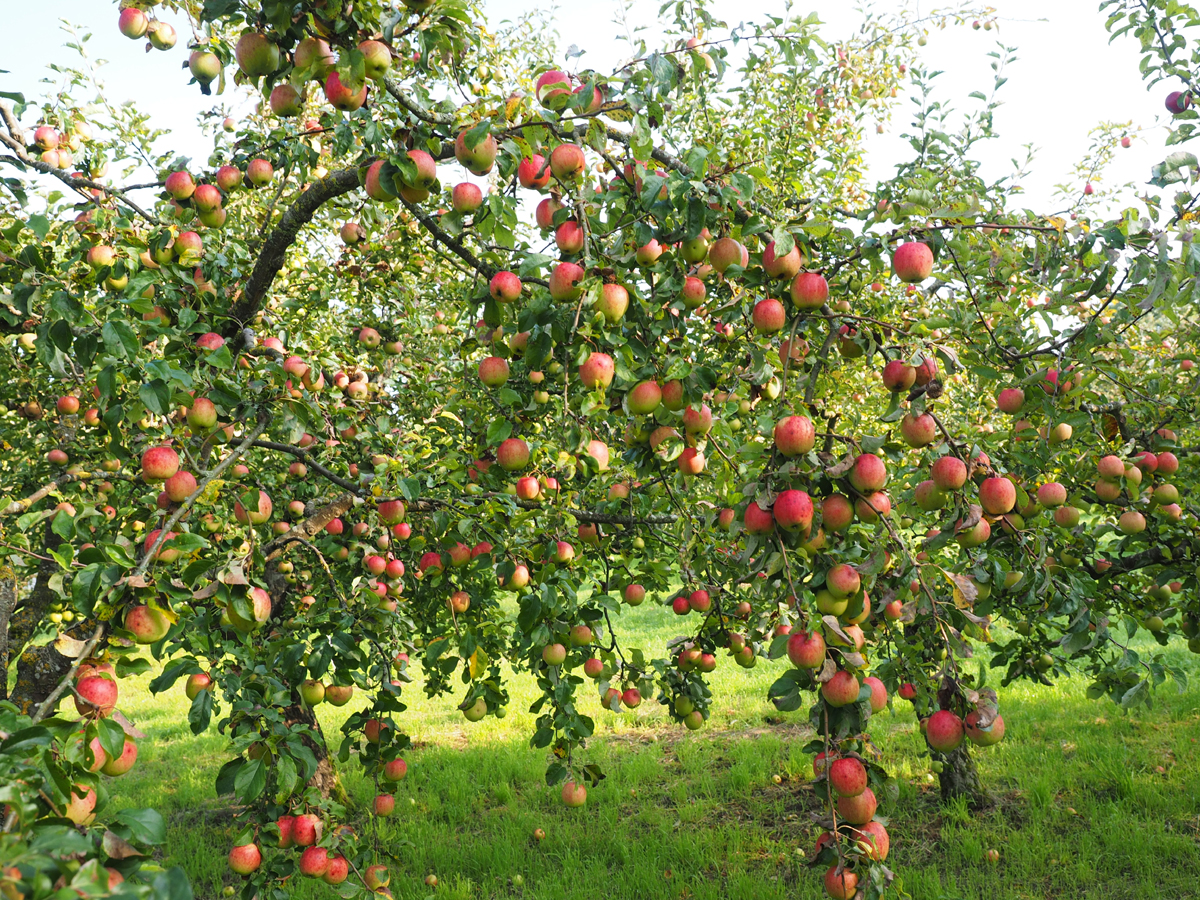

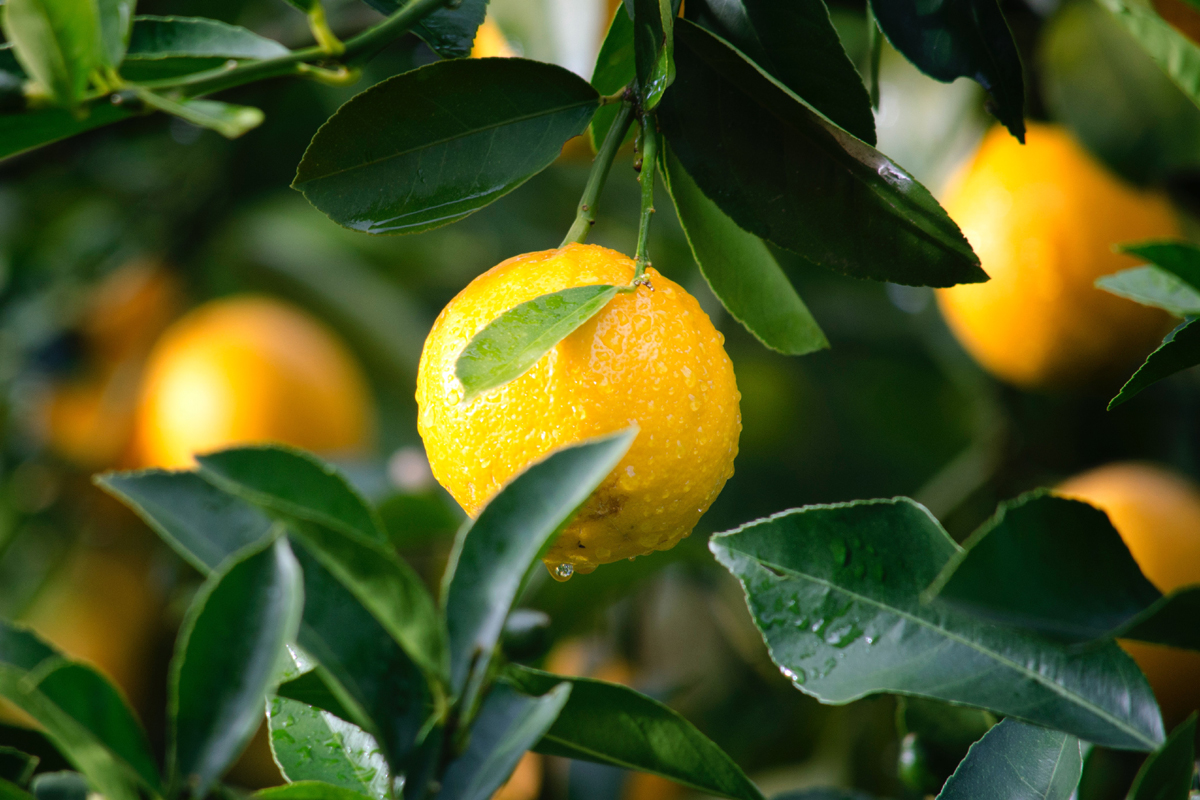
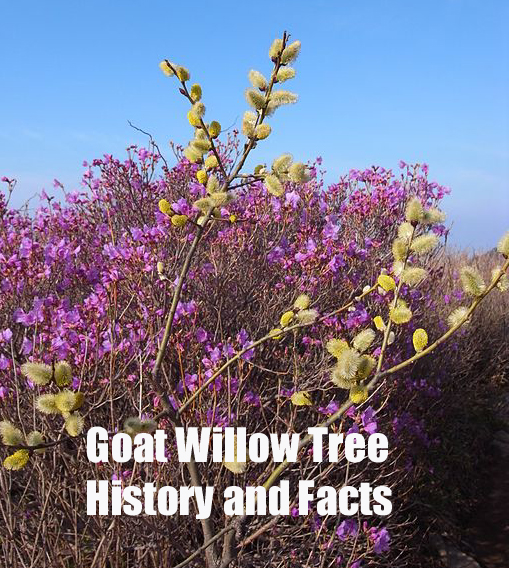
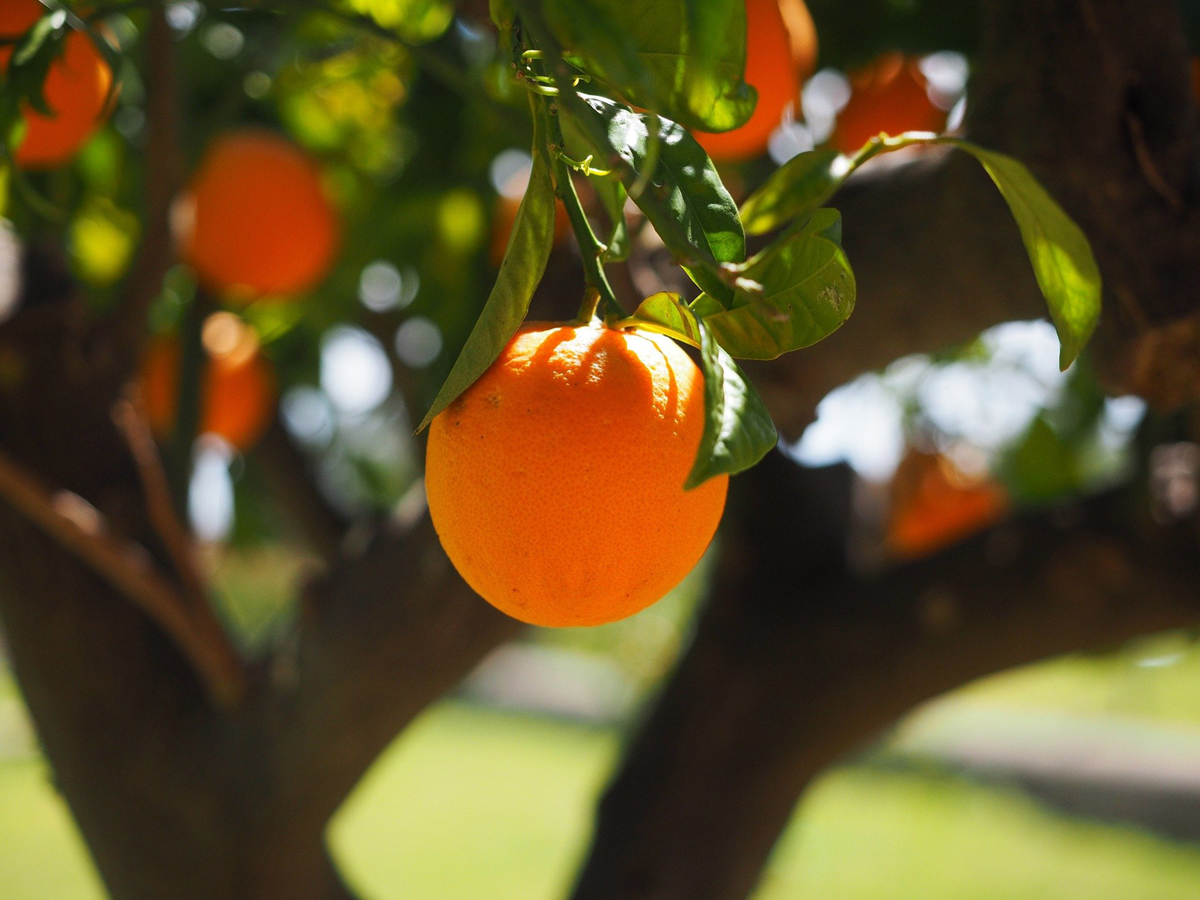
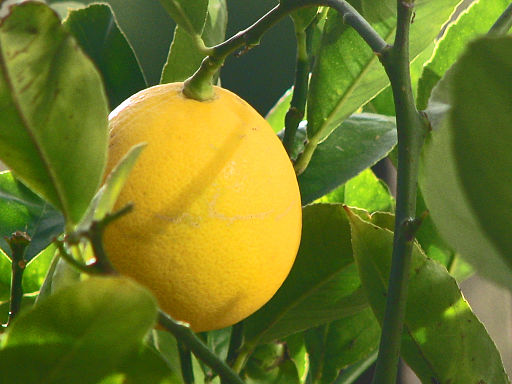
Thanks for the info. I have eaten some around where I live😁😘
That’s fascinating! Juniper berries have a long history of culinary and medicinal uses, so it’s great to hear that you’ve had the opportunity to try them. Did you enjoy the taste?